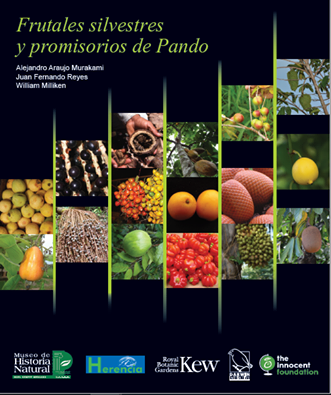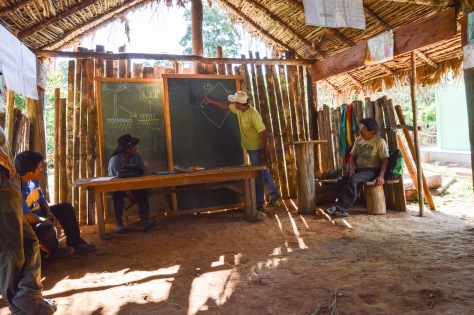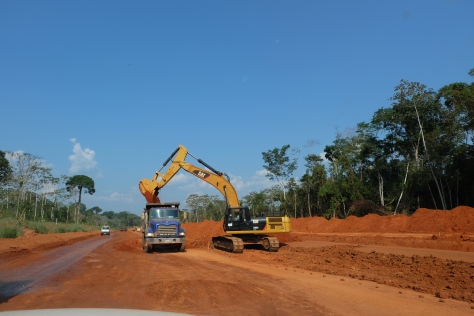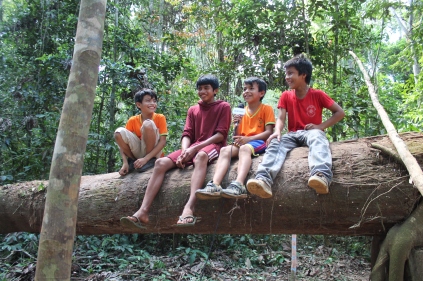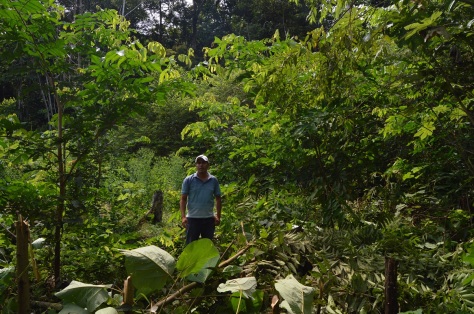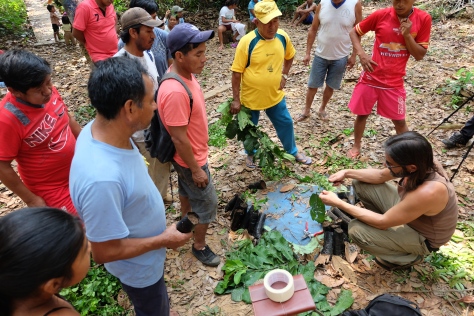
Paradoxically, forest-dependent rural communities in the tropics often have little experience of propagating trees, either from seed or from cuttings and this is the case in the Bolivian Amazon. As part of initiatives to enhance non-timber forest use through agroforestry and fruit tree production we sought the support of the innocent foundation to bring Kew horticulturalist, Carlos Magdalena to the Pando to provide hands-on training to three rural communities. Carlos is well known in Kew’s tropical nurseries as an expert in the propagation of challenging species, he is also a native Spanish-speaker and experienced in training. The aim of our training was to help communities propagate material of species for which they either can’t get enough seed e.g. Sinini (Annona muricata), whose seeds have low fertility such as acerola(Malpighia emarginata) or which take a year or more to germinate, such as the Brazil nut (Bertholletia excelsa).
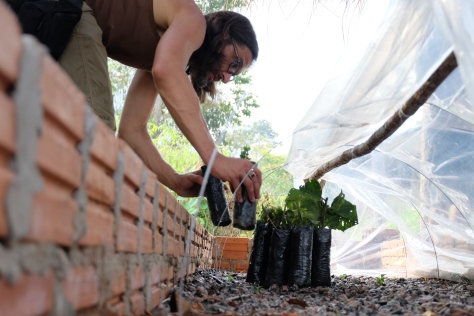
Training covered key aspects of making cuttings, air-layering and grafting. For example, how to cut the stem to expose the maximum amount of cambium, the tissue from which new roots will grow? What part of a stem is best for preparing a cutting? How many leaves should remain on a cutting? And how to trim them if necessary. It then covered how to look after cuttings once established, including how to make a polytunnel from locally available materials. In total we worked with approximately 60 community members spread over a 300 km stretch of the Pando. At each community the needs and interests were slightly different, as were the facilities available and so we tried to tailor the training accordingly. We found considerable interest and enthusiasm amongst community members, which suggests that the limited capacity for tree propagation is not for lack of interest.




